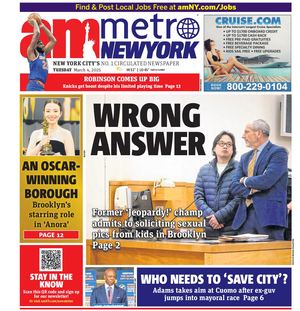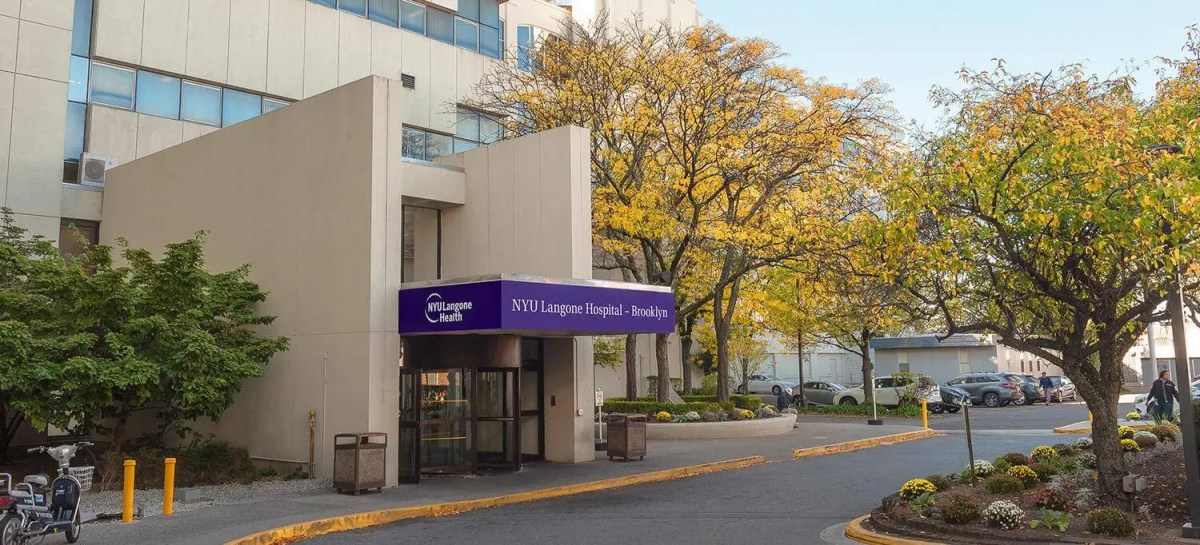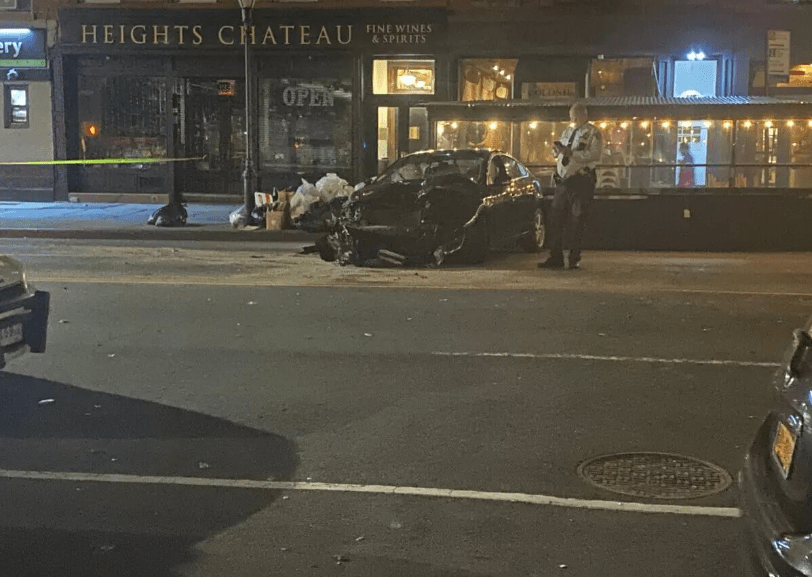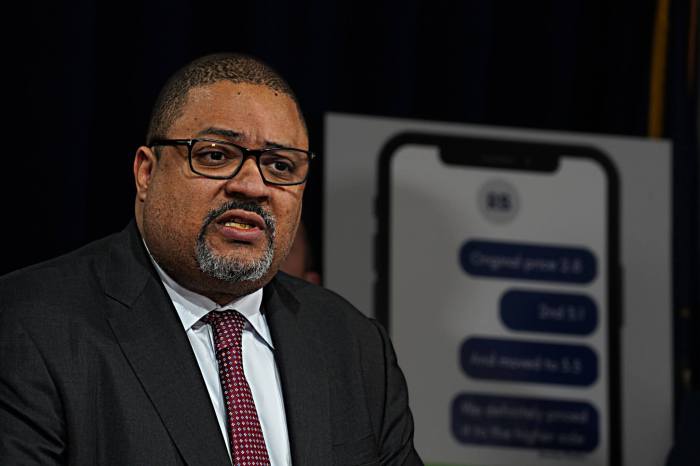
Taxi TV has been with us for nearly a decade: The benighted screens coffined in the back of city yellow cabs, coolly flickering in your face as you struggle to look anywhere else (or hear anything different).
Years of carsickness and near insanity induced by repeated Jimmy Kimmel jokes, bland public service announcements, and too-loud Broadway ads. Nearly a decade of passengers attempting (and failing) to lower the volume or blank the screen.
But at least the passengers’ trips can be brief. Cab drivers are shut up in the air conditioning with the blaring boxes all shift long.
So loud that “sometimes the customer is talking and you don’t hear what they say,” says Bob Dio, 54, a driver from Brooklyn.
For drivers like Dio, relief may be on the way for this decade to be Taxi TV’s last. But we’re not quite there yet.
Imagine there’s no TV, I wonder if you can
Last fall, the Taxi and Limousine Commission announced it would test alternatives for the nearly universally reviled Taxi TV screens.
One bidder already has a screen-less pilot in 10 city cabs, according to the TLC. This application includes a credit card reader, GPS-based meter and no TV.
Six other applications are under review — including one from Verifone, one of the makers of Taxi TV, who previewed their potential wares to the Daily News on Sunday.
That preview showed what were meant to be the mouth-watering possibilities of elegant tablet screens that could integrate with products like Google, OpenTable and Pandora, and maybe even provide Wi-Fi or the ability to make calls.
New toys aside, the pilot programs don’t necessarily spell the end for Taxi TV.
The alternative technology is supposed to continue providing certain core functions — credit card payment and ensuring that only authorized drivers can operate the taxi, for example. But all elements of Taxi TV don’t necessarily need to be terminated.
A TLC spokeswoman said one alternative incorporates the current system, though with different content.
The Verifone backseat application will be more “user directed,” Jason Gross, Verifone’s global head of product and marketing told amNew York on Monday. But the apps will likely be “commerce enabled.”
So while riders may get new functionality, cabbies won’t necessarily be spared ads and noise entirely.
Imagine all the passengers, traveling in peace
Many cabbies surveyed Monday about Taxi TV said that while they could sometimes tune out the noise, it remained an irritant.
“The noise is crazy,” said Charlie Berthold, 41. “The same thing for two or three hours. It annoys you.”
The credit card payment functionality is useful, says Nana Kessie, 48. By taking cash out of the equation, there was less of a chance of being robbed. But the screens were best, he said, when riders figured out how to turn them off.
Multiple cabbies described the quick way to tell who was a tourist and who wasn’t when new patrons entered their workspace. Locals tend to immediately lower the screen volume when entering the cab, pulling out their phones. Tourists don’t seem to mind.
Even if drivers are able to set their own radios louder or ignore the Taxi TV ads, it leads to difficult interactions with customers who on occasion attempt and fail to do something, anything, to make the sound and fury stop. Drivers put up their hands and explain that, truly, they can’t do anything.
Taking a rest stop on Eighth Avenue on Monday, Debasish Deb, 50, said he’d had one situation where a customer was so annoyed at a malfunctioning volume control that the customer filed a complaint with the TLC, prompting Deb’s cab to be called into the garage to be fixed.
The customer was “very annoyed,” Deb says, after having tried so hard and failed to get some peace and quiet for the ride.
Ruefully, he made the universal gesture, seen so often in the backseat of cabs — the jabbing pointer finger tapping the screen to make it stop.






























